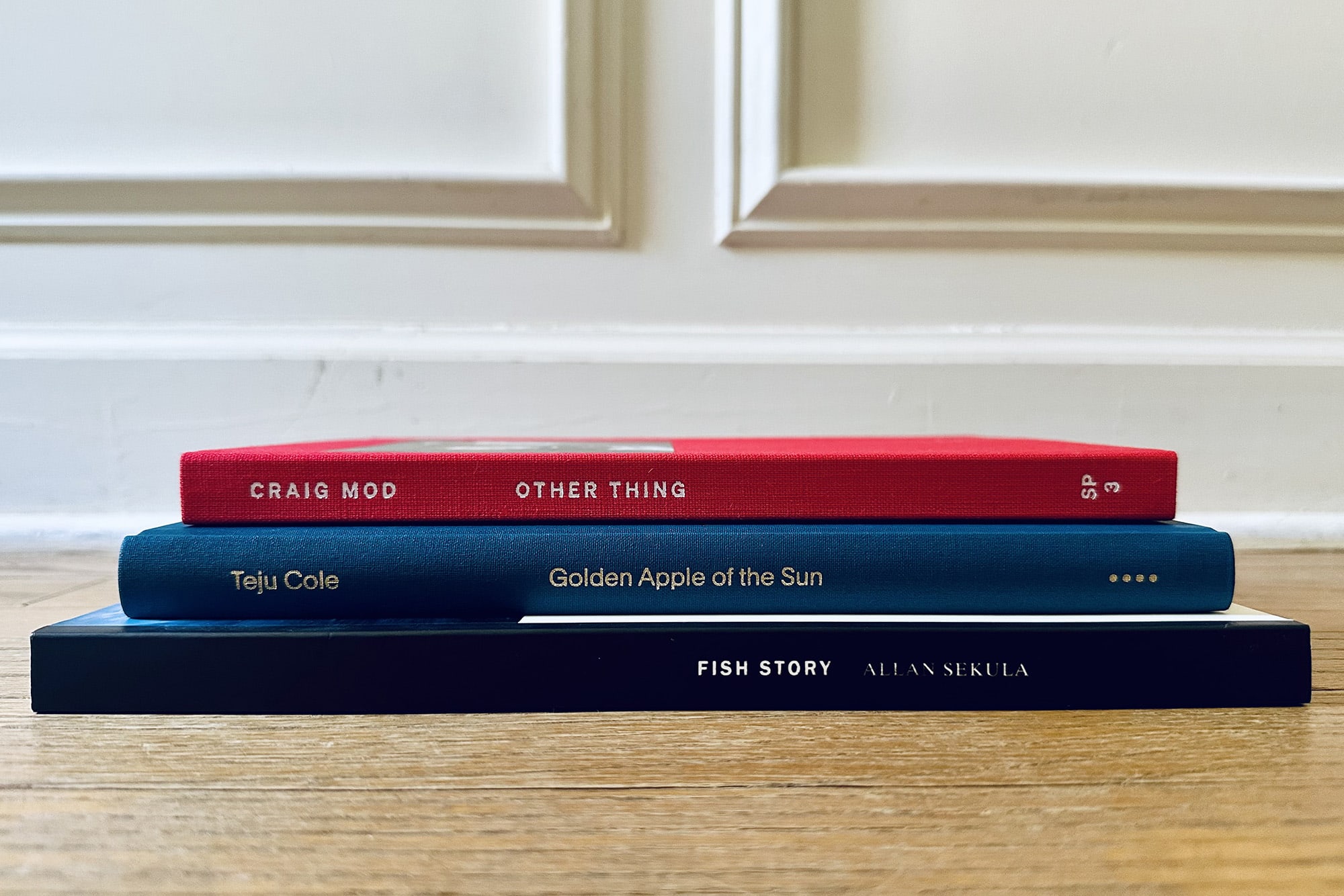Words and Images in Craig Mod’s Books
Other Thing is the new photo book from writer, photographer, and walker Craig Mod. It’s the photo companion to Things Become Other Things, his new memoir out now from Random House, and is a reconceptualization and expansion of his 2023 book, also called Things Become Other Things. (Yes, the Mod-verse is getting increasingly confusing and at times insular.) I’ve yet to get the 2025 TBOT but I do have the 2023 edition. Unlike these other books, Other Thing is Mod’s first book of just photography. Make sense?
I was curious to see what a photo-only book from Mod would be like. Upon spending this past week with it, I’m tempted to say it’s my favorite book that he’s produced. In a recent newsletter, Mod writes that the book came together very quickly:
I think there’s something to be said for short turnaround and quick deadlines. I shot it in February over ten days on the Kii Peninsula (the same place of TBOT lore). I focused on people. Sequenced it in March. Printed in April. And we started shipping last week.
I think it is this tight focus, both in subject and in timeline, that make it so complelling. At 128 pages and 57 photographs (all shot on film!), it’s Mod’s clearest and most focused document. The seqencing, the color, the subjects, the pacing: it’s all considered and it all feels like it goes together. And what’s more, it feels like it’s about something: a document of life on the Kii Peninsula.
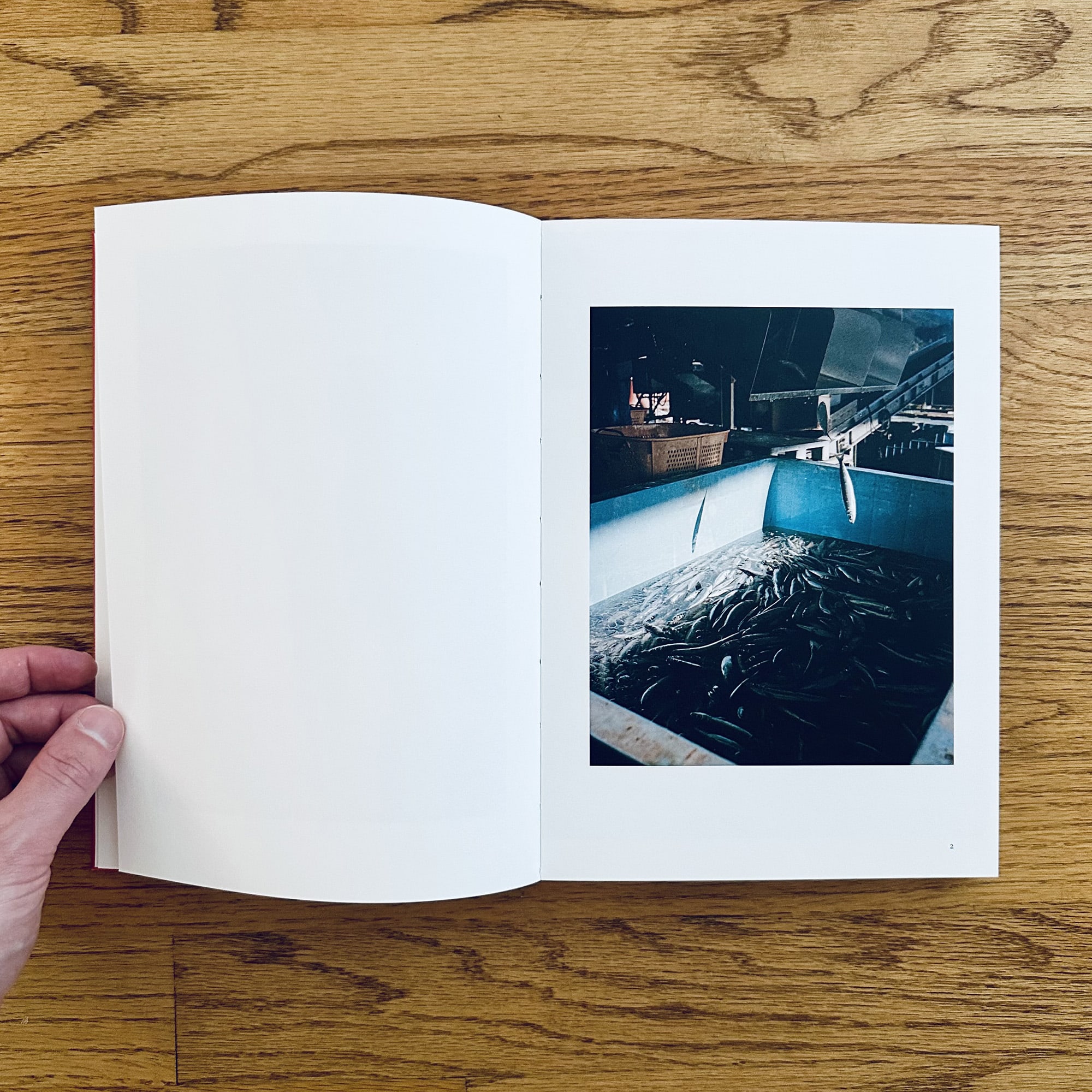
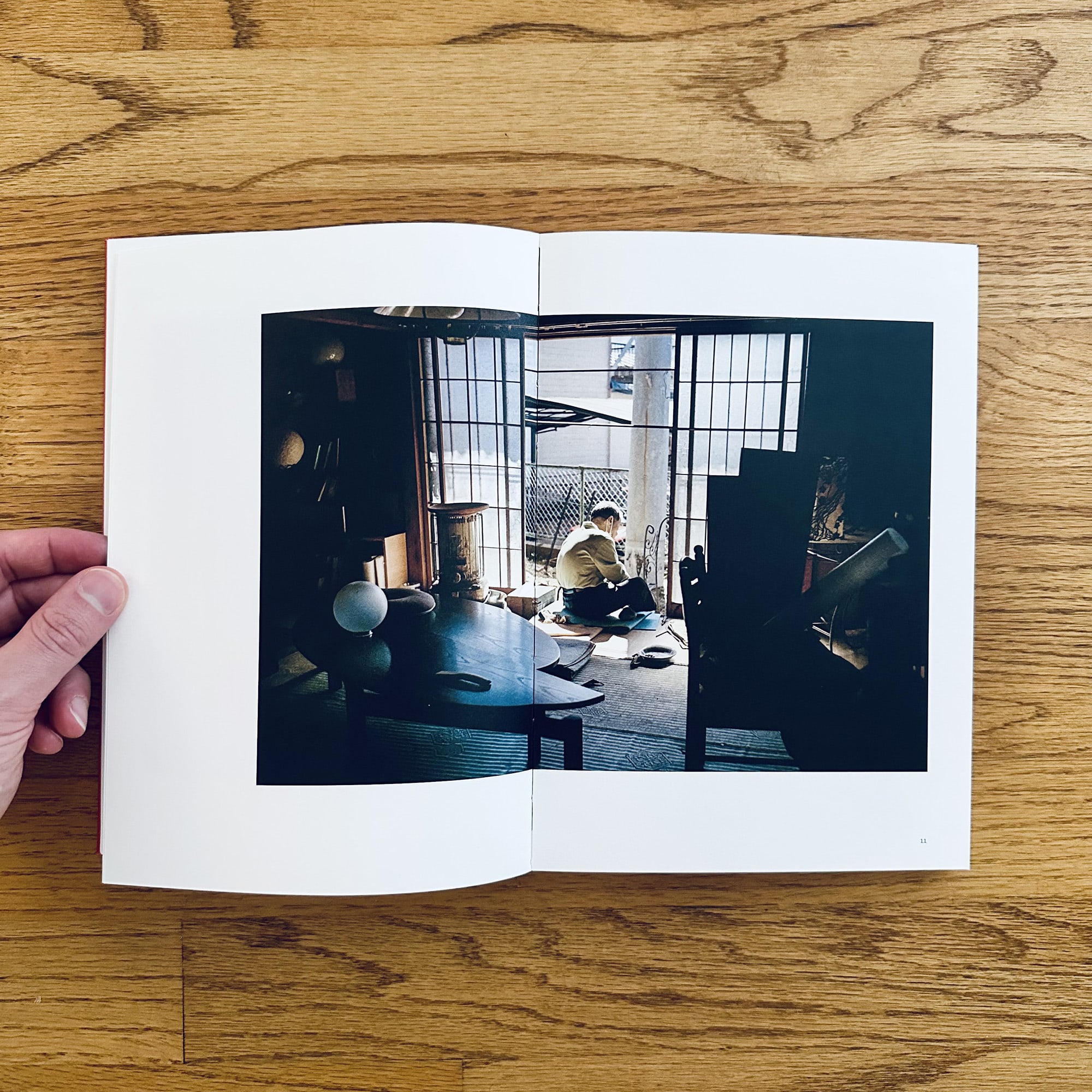
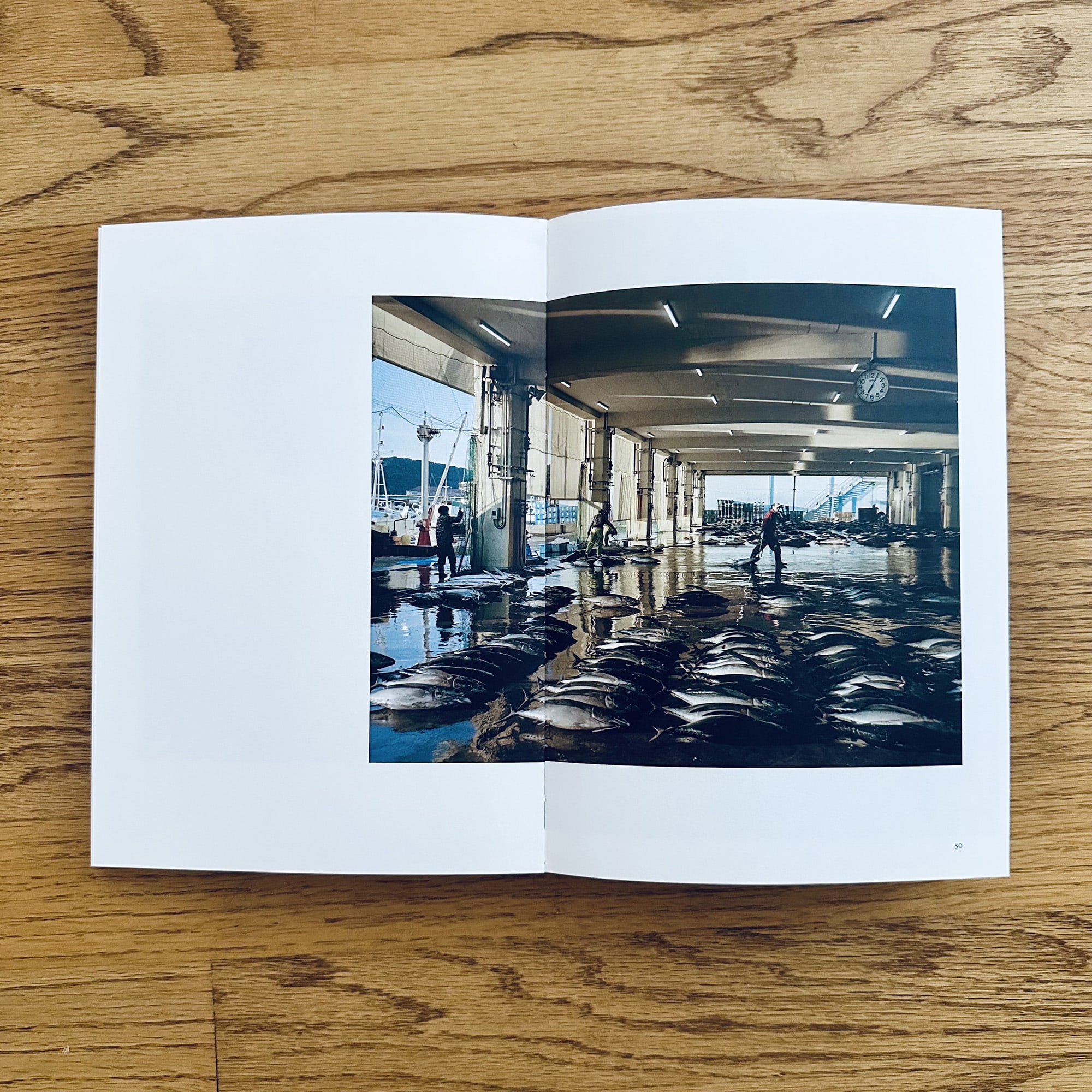
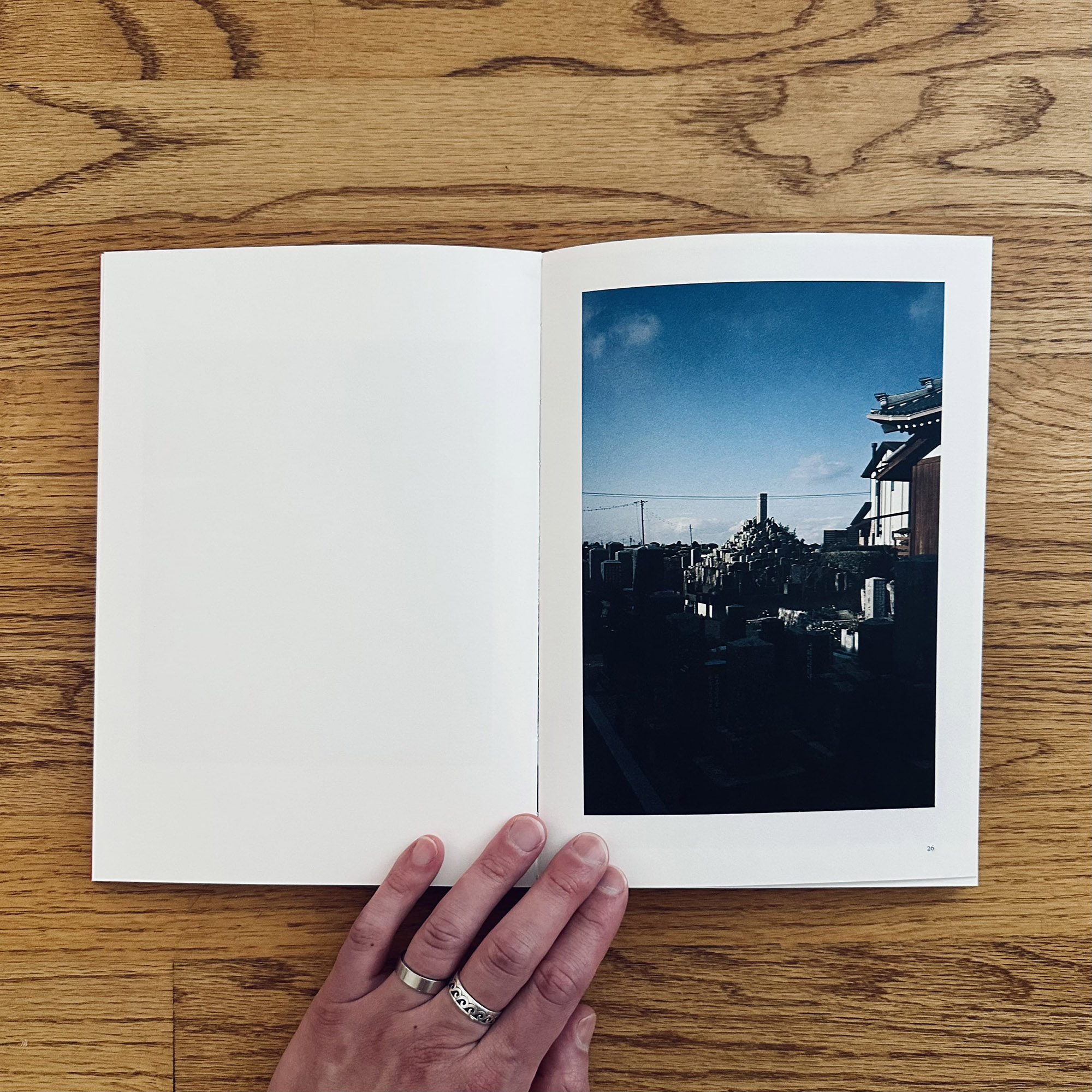
In his other books, Mod moves between text and image. The photographs are of the Peninusla (landscapes, objects, environments, people) and the writing is often a document of what he’s seeing, his experience walking, and larger memoir-esque writing. I find that times, these can compete with each other. Even the weight on the page is equal: the text taking up similar space as the photos. Where should I be directing my gaze? What does he want me to be focusing on? What am I taking away from this book?
This is not to discredit Mod’s prose — which is always great — but with the words gone, the photography — the life on Kii — becomes such a clear focus in a way I’ve yet to see in his other work. In 2021, Mod wrote about Teju Cole’s photo book Golden Apple of the Sun. Like Mod, Cole is both a writer and photographer and has experimented with the interplay of text and image. Mod found Golden Apple of the Sun to the distillation of Cole’s work:
If Blind Spot was Cole formalizing his interest in pairing images with text (we see hints of this curiosity in his first/second (depending on market) novel Everyday is For the Thief (Faber & Faber, 2014)), and Fernweh is Cole stretching the rubber band of poetics and abstraction to some edge — of feeling out the possibility of photos+essay or photos+words, how diptychs and sequence modulate emotion — then Golden Apple of the Sun feels like Cole catching an eephus he threw out nearly a decade ago.
Like Other Thing, Golden Apple of the Sun has a tight focus: it’s photos are of Cole’s kitchen counter over the early days of the pandemic. “There’s something ghostly about Cole’s book, too — his is a “fast” book, and I like it all the more for that. Photographed and written in October 2020 at the height of Pandemic Unknowing, published less than a year after Cole began working on it, there’s a strange immediacy that you normally don’t associate with book-books in general — and certainly not photo books like this,” Mod continues. “But I suspect Cole has been building up to this through his past work.”
I found myself thinking about Golden Apple of the Sun — and Mod’s analysis of it — while I spent time with Other Thing. This is Mod’s fast book, his focused book, a distillation of what he’s been working towards/around/through for the last decade. I suspect, wittingly or not, he took lessons from Cole when he produced it.
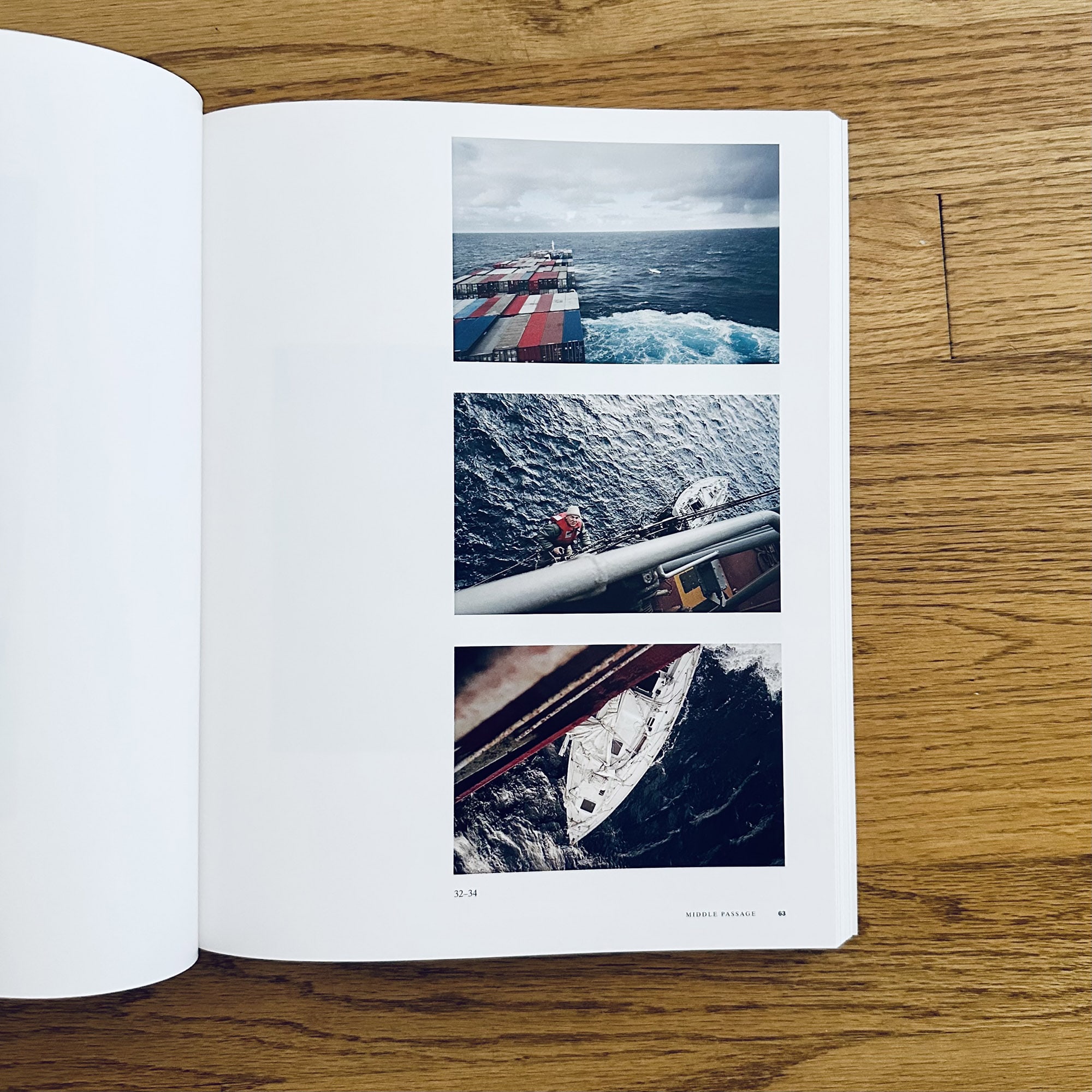
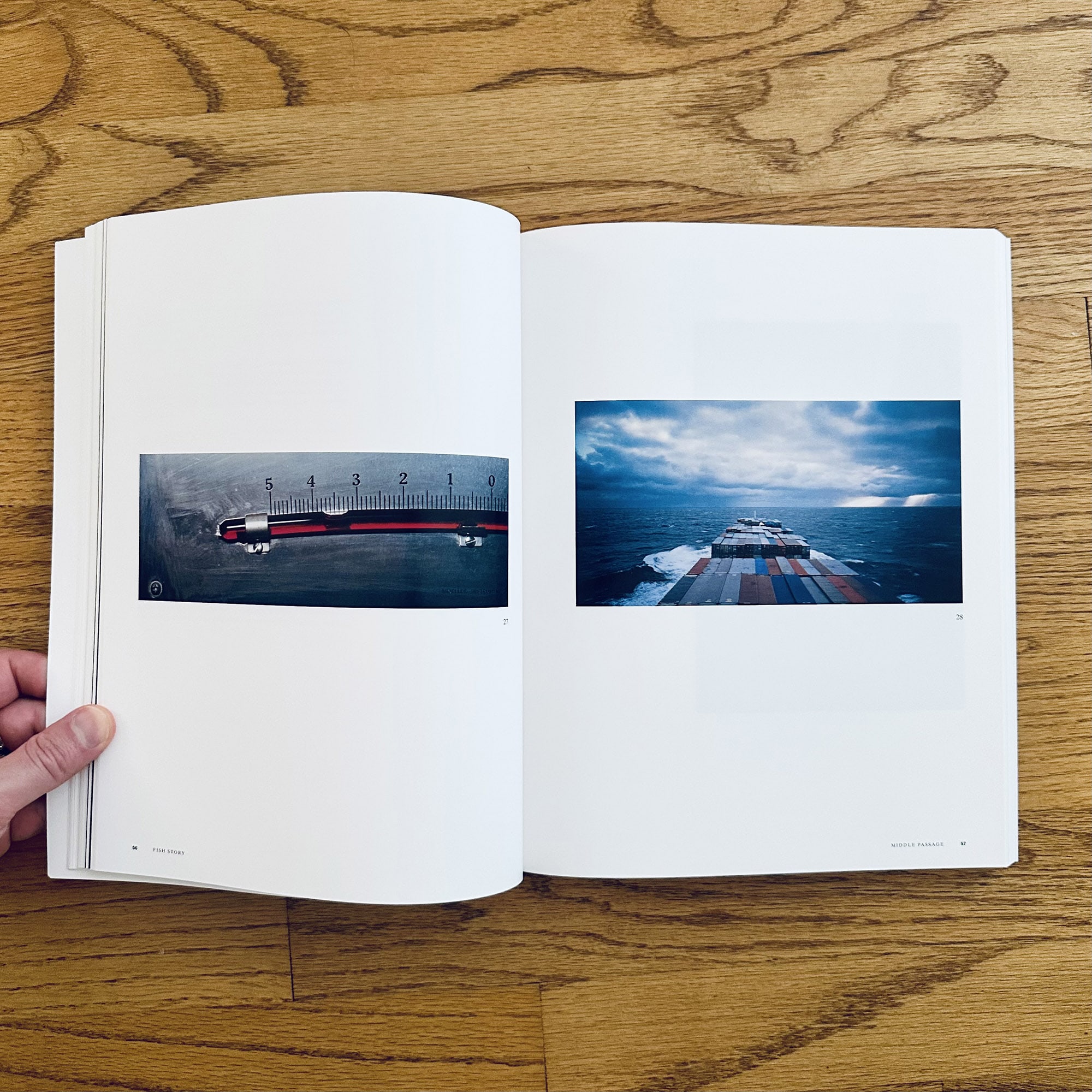
As for the photographs themselves, they are warm and friendly but with a documentarian or journalist lens that feels new for him. I appreciate the texture and the interplay between intimate portraits and removed landscapes. Perhaps because of the subject matter, it recalled another photobook for me: Allan Sekula’s Fish Story. Photographed between 1988 and 1995, Sekula’s deeply researched project documented the often over-looked people working at sea. Or as it was once described: “critical montage of photographs, long essays, and observations on the mutations of maritime capitalism – [ it] is also a passage from panorama to detail, from a mercantile ideology of the sea as an object of strategic overview to an increasingly Taylorised and militarized ‘forgotten space”.
Fish Story is both historical and documentary, a meditation on how capitalism effects people on a personal level within a global political system. Strangely, when looking at Mod’s new book, I realized the descriptions of Fish Story account, in part, for Mod’s project too: it is at once personal, political, ethnographic, autobiographical, and journalistic. Maybe I needed his previous books to unlock this insight; to see and understand the clarity of Other Thing. But I also think there is something to be said about this book as a standalone object, not just a companion to an increasingly complex series of books. To me, it feels like a distillation of his critical project. With the TBOT series finished (I think?) and the experimentation of a tight turnaround on Other Thing, I’m very curious to see how Mod might further splinter his prose and his photos. It seems like he’s on to something new with Other Thing and I’m excited to see where it goes.
